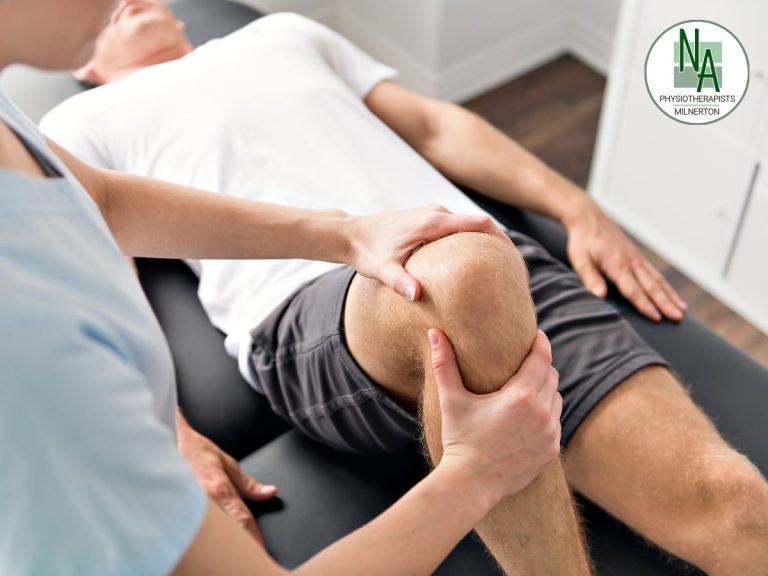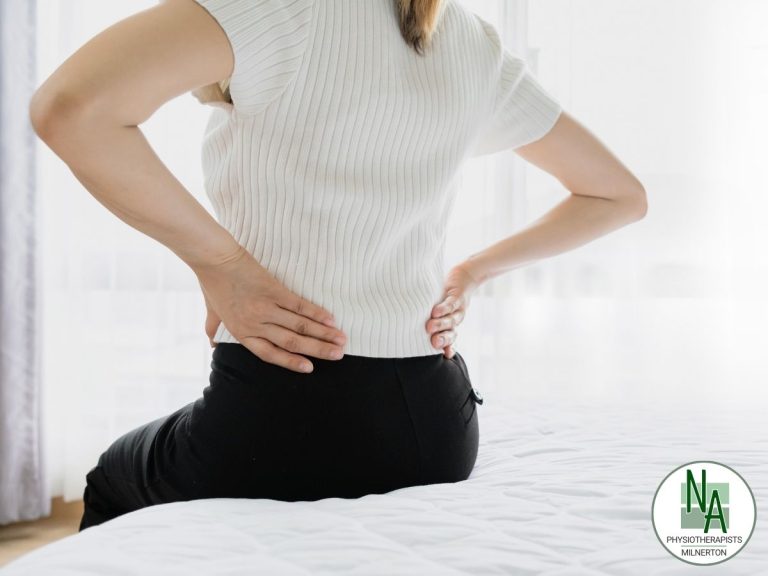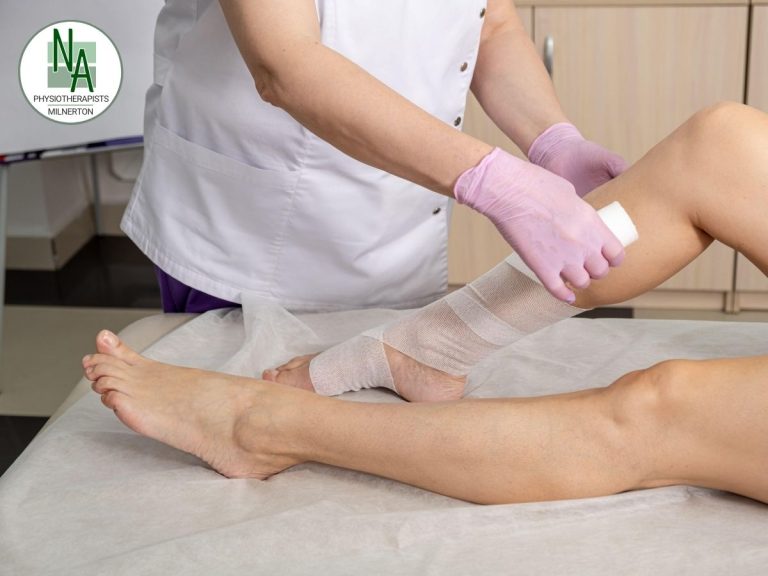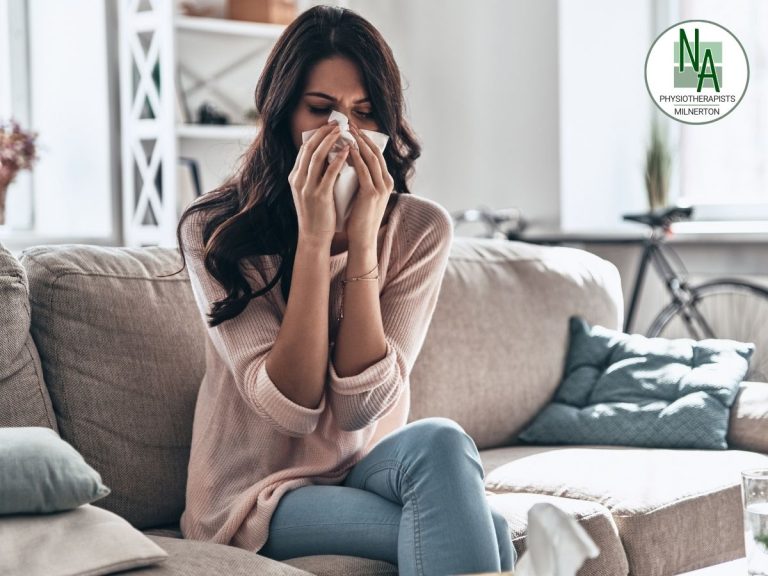A Cervicogenic headache is a form of headache originating in the neck and referring to the head. Why does this happen? There is a very clear referral pattern with the upper trapezius muscle that influences the referred pain that people experience into their heads. The upper trapezius muscle extends from the tip of the shoulder up into the base of the skull. The upper trapezius referral pattern is extremely common, and the pain is experienced from the upper trapezius muscle to the side of the neck up to the jaw, temporal region or occipital area (back of the head). Physiotherapists are able to identify and treat this condition but let’s discuss why there could be problems with the upper traps? Before we discuss the postural and improper scapular (shoulder blade) function as common causes let’s just think about the tightness we experience in our upper trapezius muscles. What is this tightness? Is it that the muscle lacks length or is it that there is just too much muscle tone in that muscle?
To explain this:
A person who has had knee surgery and cannot bend his knee fully will have tight scar tissue and lack full mobility of the overlying quadriceps muscle. Things aren’t moving. They don’t have enough length in that tissue to get things going. This is very different to a person who that maybe has too much tone. To explain this, think of this example: It is very easy for most of us to just straighten our elbow. What if our biceps didn’t know how to turn off (relax) and you were trying to either passively push it or actively straighten it with your triceps? It would be much more difficult to do because your biceps is resisting. There’s too much tone in that biceps, despite the biceps having enough length to straighten. Stretching will help in this situation but we need to address why there is too much muscle tone and why the muscle doesn’t want to “turn off”. We need to think about our posture and our scapula function as this can be influenced by upper trapezius stiffness or increased muscle tone. We need to turn off that motor control system and normalise the muscle tone. Many people that are dealing with headaches or neck pain can feel a nice, solid upper trapezius muscle when sitting or standing. This muscle shouldn’t be that solid, it should be relaxed. (When we flex (tighten) muscles, they become hard, but when we relax muscle, they should be nice and soft and squishy. If it feels solid, you are overusing the upper trapezius. Can you get this muscle to relax by changing your position, for example lying down, pulling your shoulders back or sitting in another chair? We don’t want our upper trapezius muscles hard and tight. We need to help them relax and in so doing have less muscle tone. In essence we need to help the traps “switch off”.
Some common scapular problems are:
- Dyskinesia which is the impairment of scapula movement. The two scapulae should move equally. Scapula winging for example shows low action of the lower trapezius muscles (muscle between the shoulder blades).
- Shoulder or upper trapezius hike – We often hike or hitch the shoulder to get more shoulder height for greater reach resulting in the overuse of the upper trapezius muscle. This is often seen in people with shoulder problems or people working above head height.
- Excessive upper trap activation is often seen when someone’s exercising and doesn’t use their lower trapezius muscle. This is often associated with core weakness.
Treatment
Physiotherapists will treat Cervicogenic headaches with different techniques, postural training and stretching. Many patients complaining of these headaches are often anxious or stressed and relaxation techniques with diaphragmatic breathing are useful. Neck stretches and stretches to the pectoral muscles (chest muscles) assist in improving posture. To improve scapular function, which will result in less over activation of the upper trapezius muscles, lower trapezius function needs to be improved. Remember good posture is posture that is appropriate for that specific activity. We never should be upright for eight hours a day. We are meant to slump and sit up and move around so really posture is being in the most appropriate position for what you are doing. Your best posture is your next posture. We need to start moving. For further management and to learn the correct stretches and exercises contact us to make an appointment and we can try help you.






